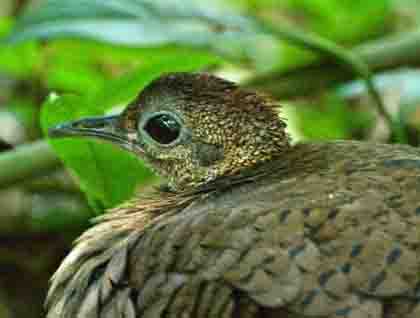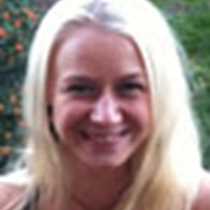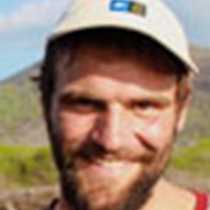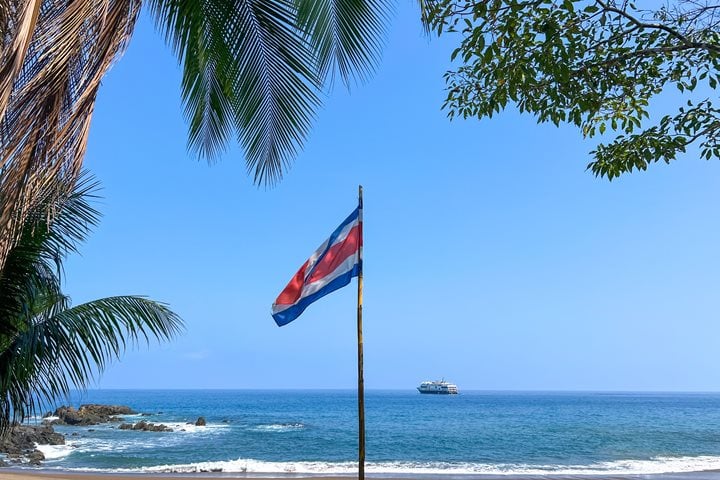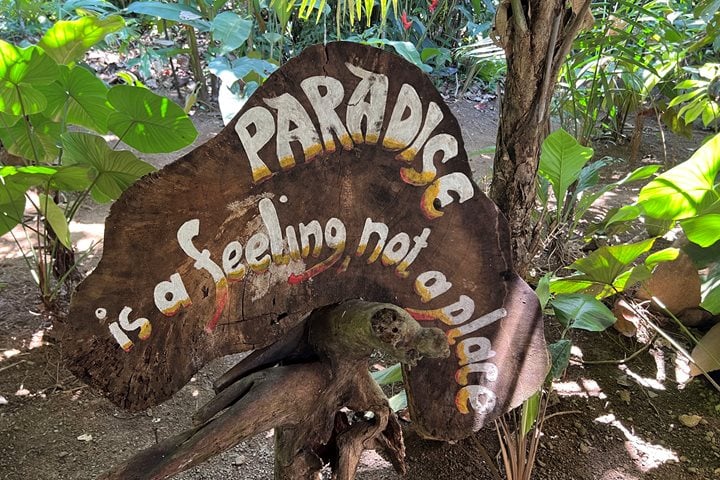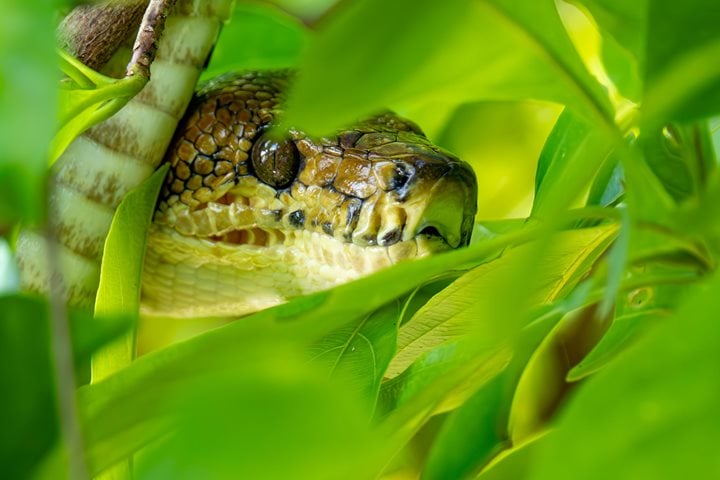The morning began with a cool breeze, salmon-colored clouds streaking across an otherwise lavender sky, reflecting across Gatun Lake. Our bodies awakened as we stretched with the sunrise. Our view was full of the yellow guayacan tree and the purple jacaranda tree, which scattered across the pristine canopy rain forest. The beauty surrounding us was overwhelming as we began our day. We dropped anchor to the sounds of keel-billed toucans, crested guan, grey-necked wood rail, the relentless buzzing of the cicadas and howler monkeys in the distance.
Local naturalists, trained by the Smithsonian Tropical Institute, led us on a long morning hike over the trails of this dense and tropical rain forest. Barro Colorado Island is one of the most important research facilities run by the Smithsonian Tropical Research Institute, where many animals were trapped when this former mountain top was transformed into an island in Gatun Lake. We were fortunate enough to see some of them! We were delighted by the presence of the Central American agouties, slaty-tailed trogons, great tinamous, northern tamandua anteater, spider and howler monkeys, and much more.
Back on board National Geographic Sea Lion for lunch, the pilot came aboard our starboard quarter. We pulled anchor and began our journey to complete our transit through the Panama Canal. We headed towards the entrance of the Pedro Miguel and Miraflores locks. It was an afternoon of warm weather, light breezes, mango margaritas on the rocks and ceviche on deck. Once the line handlers came aboard, we tossed our lines to the men in row boats, and hooked up to the mules. The gates closed behind us and we began, lock to lock, our final crossing, lowering slowly back to sea level.
We finished our journey through the canal on the Pacific Ocean, sitting at anchor in Flamenco Station, gazing at the beautiful Panama City illuminated by the moon and stars in anticipation for tomorrow’s expedition.

